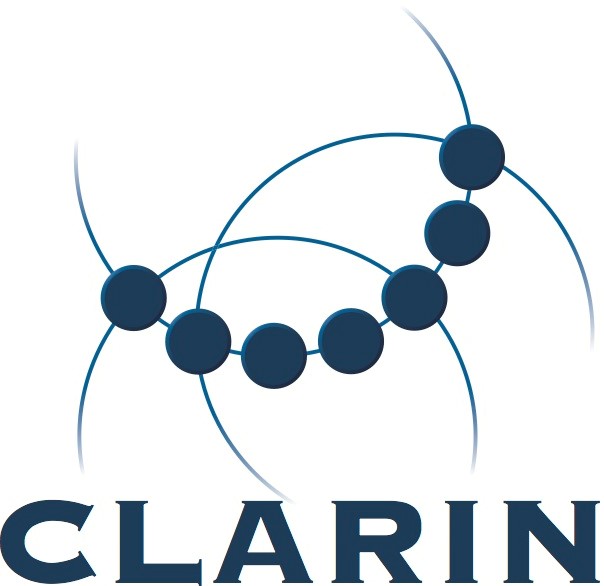Smoothing Spline ANOVA Decomposition of Arbitrary Splines: An Application to Eye Movements in Reading
Identifikator: 11022/0000-0007-EBBF-A
Abstract
The Smoothing Spline ANOVA (SS-ANOVA) requires a specialized construction of basis and penalty terms in order to incorporate prior knowledge about the data to be fitted. Typically, one resorts to the most general approach using tensor product splines. This implies severe constraints on the correlation structure, i.e. the assumption of isotropy of smoothness can not be incorporated in general. This may increase the variance of the spline fit, especially if only a relatively small set of observations are given. In this article, we propose an alternative method that allows to incorporate prior knowledge without the need to construct specialized bases and penalties, allowing the researcher to choose the spline basis and penalty according to the prior knowledge of the observations rather than choosing them according to theanalysis to be done. The two approaches are compared with an artificial example and with analyses of fixation durations during reading. PLOS ONE
Anwendungen
![]() Anzeigen im Virtual Language Observatory
Anzeigen im Virtual Language Observatory
Zitieren
Hannes Matuschek, Reinhold Kliegl, Matthias Holschneider (2015): Smoothing Spline ANOVA Decomposition of Arbitrary Splines: An Application to Eye Movements in Reading. Mind Research Repository. Identifier: 11022/0000-0007-EBBF-A.

